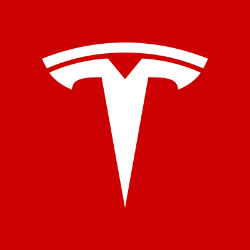Self-driving technology companies and the research community are accelerating their pace to use machine learning longitudinal motion planning (mMP) for autonomous vehicles (AVs). This paper reviews the current state of the art in mMP, with an exclusive focus on its impact on traffic congestion. We identify the availability of congestion scenarios in current datasets, and summarize the required features for training mMP. For learning methods, we survey the major methods in both imitation learning and non-imitation learning. We also highlight the emerging technologies adopted by some leading AV companies, e.g. Tesla, Waymo, and Comma.ai. We find that: i) the AV industry has been mostly focusing on the long tail problem related to safety and overlooked the impact on traffic congestion, ii) the current public self-driving datasets have not included enough congestion scenarios, and mostly lack the necessary input features/output labels to train mMP, and iii) albeit reinforcement learning (RL) approach can integrate congestion mitigation into the learning goal, the major mMP method adopted by industry is still behavior cloning (BC), whose capability to learn a congestion-mitigating mMP remains to be seen. Based on the review, the study identifies the research gaps in current mMP development. Some suggestions towards congestion mitigation for future mMP studies are proposed: i) enrich data collection to facilitate the congestion learning, ii) incorporate non-imitation learning methods to combine traffic efficiency into a safety-oriented technical route, and iii) integrate domain knowledge from the traditional car following (CF) theory to improve the string stability of mMP.
翻译:自驾式技术公司和研究界正在加快使用机器学习自主车辆纵向运动规划(MMP)的步伐。本文回顾了目前MMP的先进状态,专门侧重于其对交通拥堵的影响。我们确定现有数据集中的拥堵情况,并概述培训MMP所需的特点。关于学习方法,我们调查模仿学习和非模拟学习的主要方法。我们还强调一些主要AV公司采用的新兴技术,例如Tesla、Waymo和Comla.ai。我们发现,AV的内行业主要侧重于与安全有关的长期尾端问题,忽视了对交通拥堵的影响。我们查明现有公共自行驱动数据集没有包含足够的拥堵情况,而且大多缺乏培训MMP的必要投入特征/产出标签。尽管强化学习(RL)方法可以将减少拥堵交通流纳入学习目标,但工业采用的主要 mMP方法仍然是行为克隆(BC),其从理论整合到目前学习效率研究的能力。




